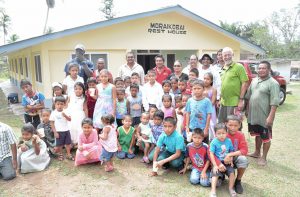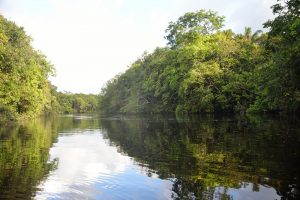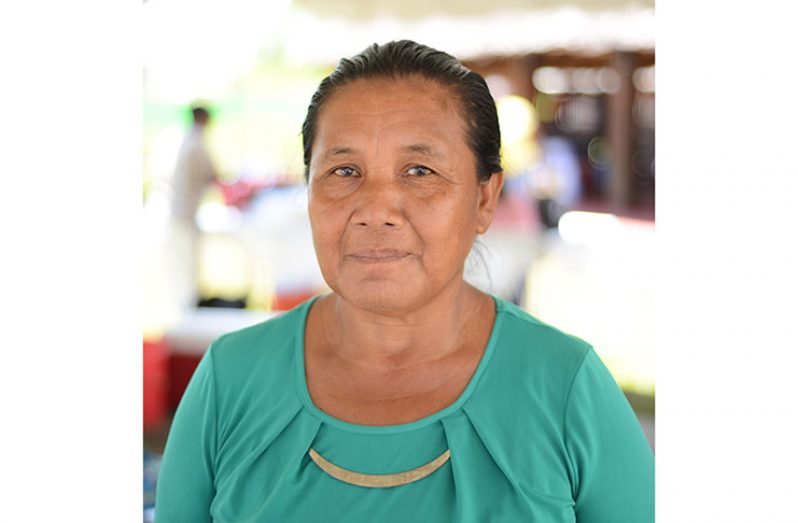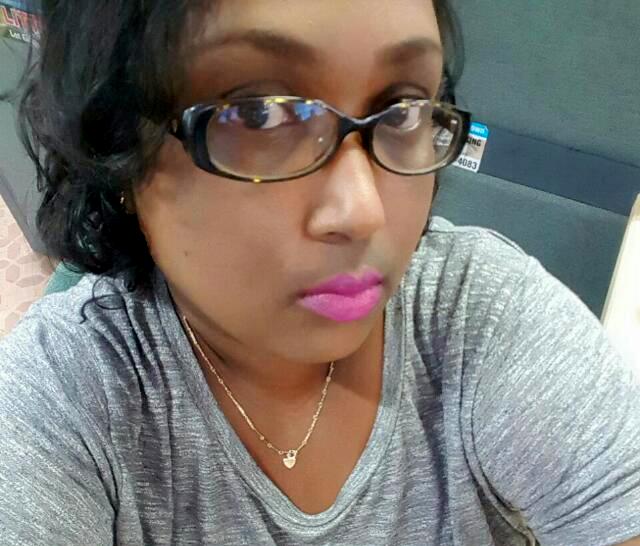Home-made cassareep, cassava bread, piwari and unique craft come from this beautiful village
THIS week the Pepperpot Magazine visited the Sophia Exhibition Centre and stopped at the Indigenous Food and Craft Village to speak with villagers of Moraikobai, Region Five (Mahaica-Berbice).

The Pepperpot Magazine met Hermina Adrian, a spritely woman, who had some home-made cassareep, piwari and wild meat Pepperpot with cassava bread on sale.
Adrian stated that Moraikobai is an Indigenous settlement, the only one in Region Five and is located about 99 miles up the Mahaicony River.
One can get there by boat from the Mahaicony Stelling, East Coast Demerara, by taking a speed- boat for $5,000 one-way and get there in one and a half hours or wait on the launch (a ferry) which takes 11 hours.
Adrian reported that the population is made up of about 3,000 Indigenous members of the Arawak tribe, who eat what they plant and hunt and fish.
She related that apart from farming, the people of Moraikobai depend heavily on logging as their main source of income, while some persons are self-employed.
In keeping with the theme of Indigenous Heritage Month “Maintaining traditional practices while promoting a green economy”, Adrian said they are an environmentally conscious people and they take care of their surroundings to promote a green economy and a healthy village.

“We are a developing community because from when I was a child to now, many things have changed for the better. I must say I grew up very poor and used to sleep on a rice bag and after I grew up [I] started to work and bought things [and] build a house and furnish it with modern amenities such as beds etc.,” Adrian said.
To date, the mother of five stated that she is still a farmer which is hard labour and still makes the traditional foods such as cassava bread and cassareep.
She added that the women make piwari, cassava bread, cassareep and the other foods all year and they would bring out the craft to showcase their talent this time every year at the Indigenous Village at Sophia.
Adrian noted that they have a nursery and primary school within the village and the secondary school is in central Mahaicony which has a dormitory and most students from the village would stay there.
When asked what attracts people to Moraikobai, Adrian said the people and the beauty of the place have a lasting effect on visitors, so much so that they re-visit.
She added too, their craft is unlike any other and the place is lovely and there is a lot to offer in terms of tourism such as bird-watching, etc.
“We have everything there and we don’t study Georgetown; the only thing we don’t have is a supermarket, but we have shops, and life is very peaceful there,” Adrian said.
Most groceries, she said, are sourced from Mahaicony and they would take in monthly supplies of goods.
Moraikobai

According to Wikipedia, the community was initially called “Moracoba”; a name that was birthed from a combination of two Arawak words: ‘Mora’ meaning tree and ‘Coba’ meaning stump.
However, several decades ago the name was officially changed to ‘Moraikobai.’ The village is situated approximately 96 miles (154 km) from the confluence of the Mahaicony River, and is accessible only through the Mahaicony Creek, helicopter, and trail; the latter can be treacherous, given that it is of sand; it connects the village to Linden in Region 10 (Upper Demerara-Upper Berbice).
The residents are predominantly indigenous peoples from the Arawak tribe. Dorothy Patoir is said to be the first individual born in the village when it was established many decades ago. Presently, the village is led by a Toshao (Indigenous leader).
Moraikobai has a rich religious heritage, and its people espouse the Christian religion to a large extent. In this respect, the village consists of three churches, including an Anglican church which was established when the community was first inaugurated as a mission. It follows that in the early days the village was known as St Francis Mission and later, St. Francis District.
Moraikobai is also known for its huge benab and exquisite handicraft produced by its skilled residents.
Moraikobai is supported by a health centre, nursery and primary schools and a guesthouse, which is funded by the Regional Democratic Council (RDC) of Region Five (Mahaica-Berbice).




.png)









